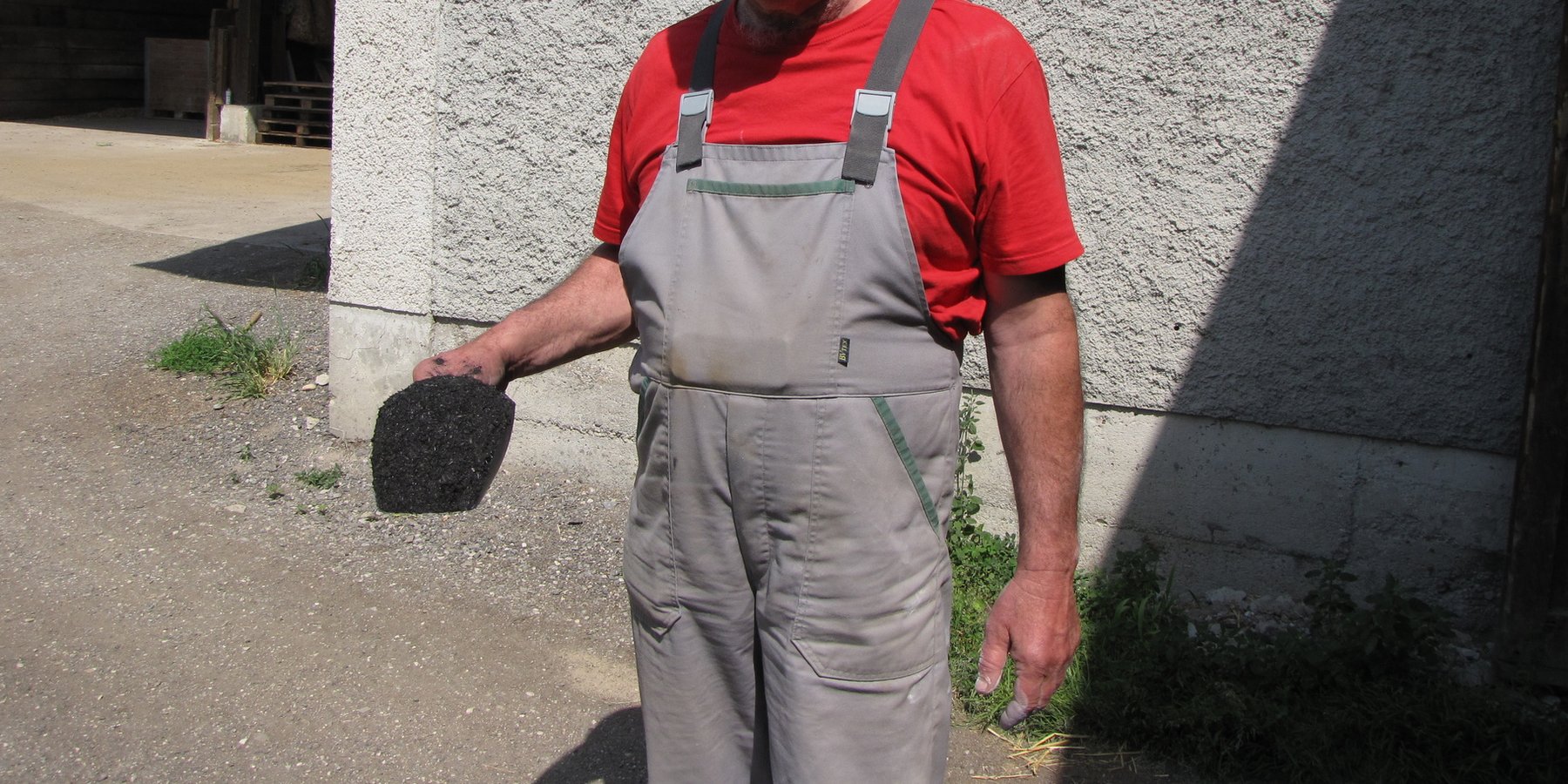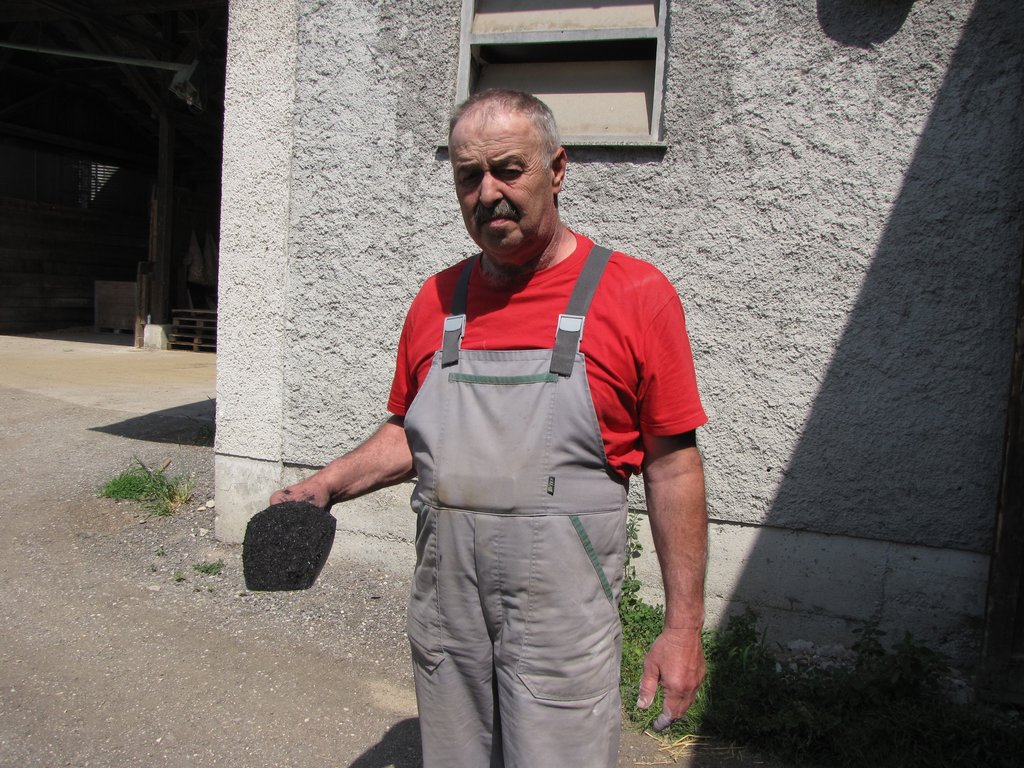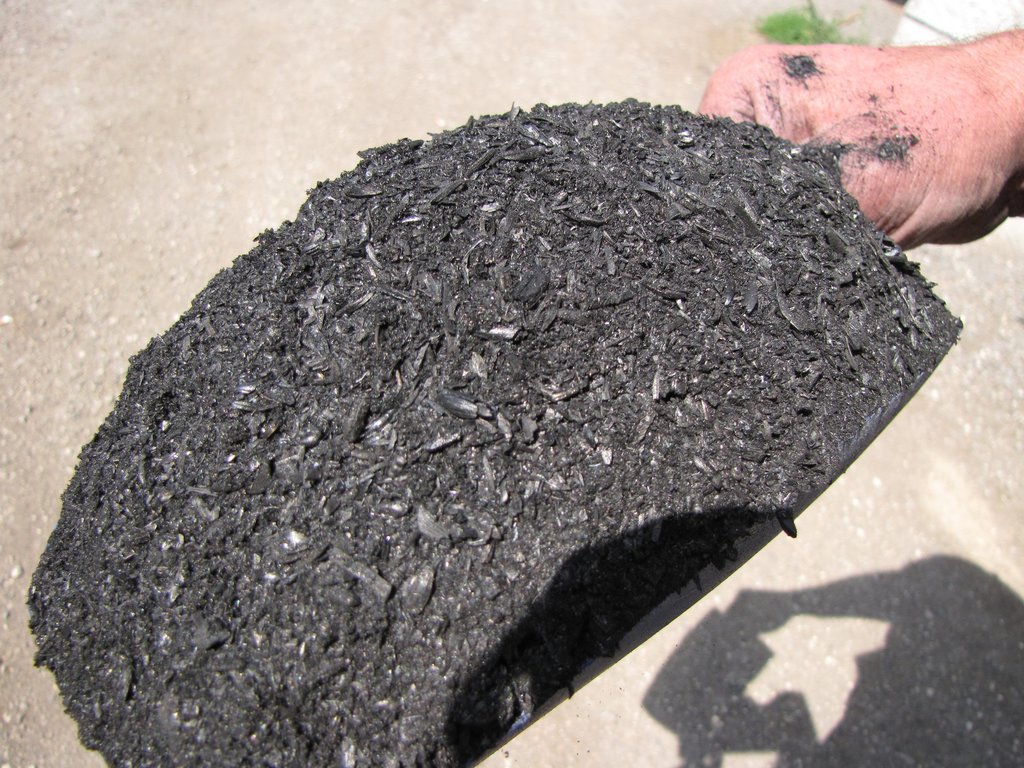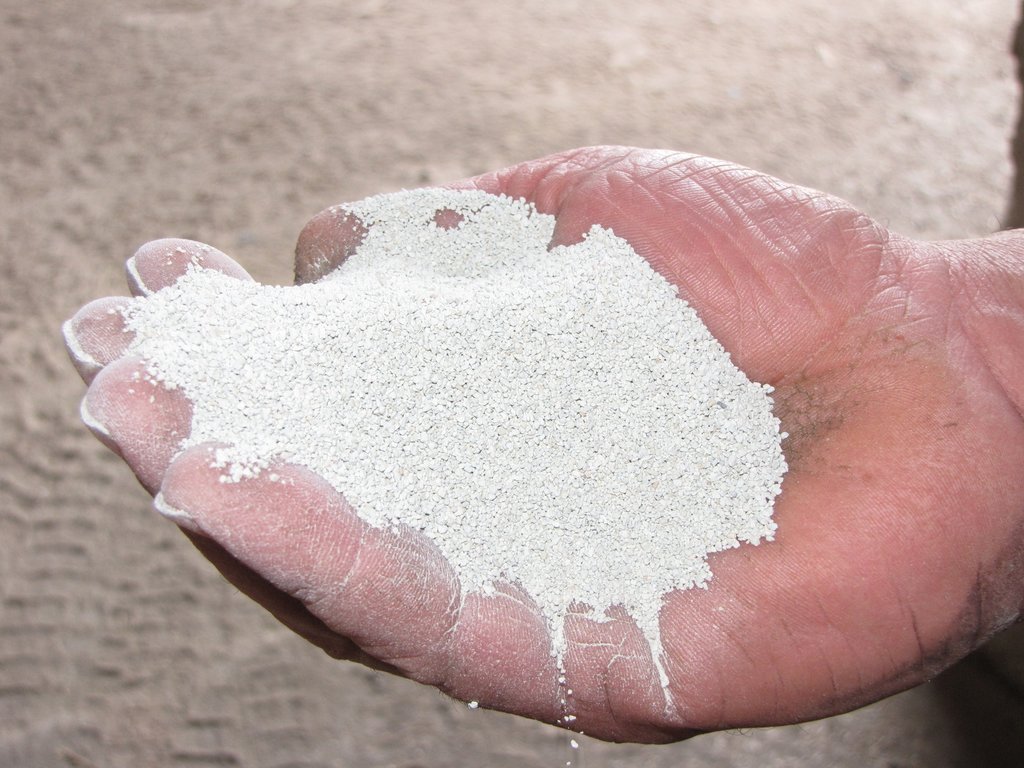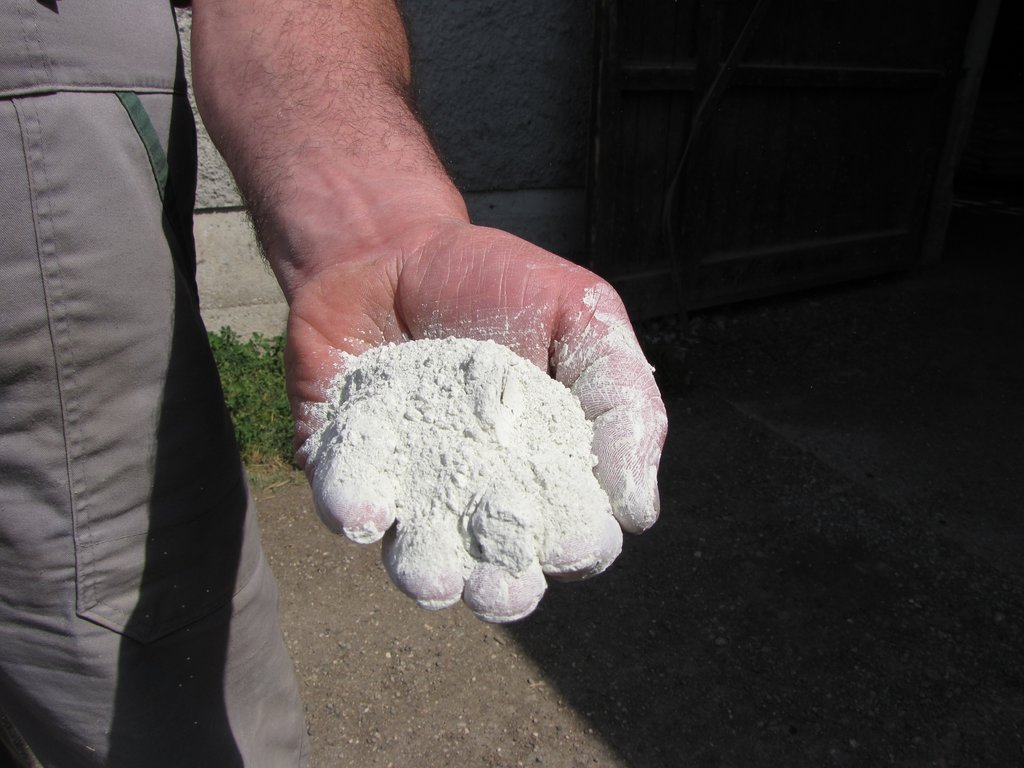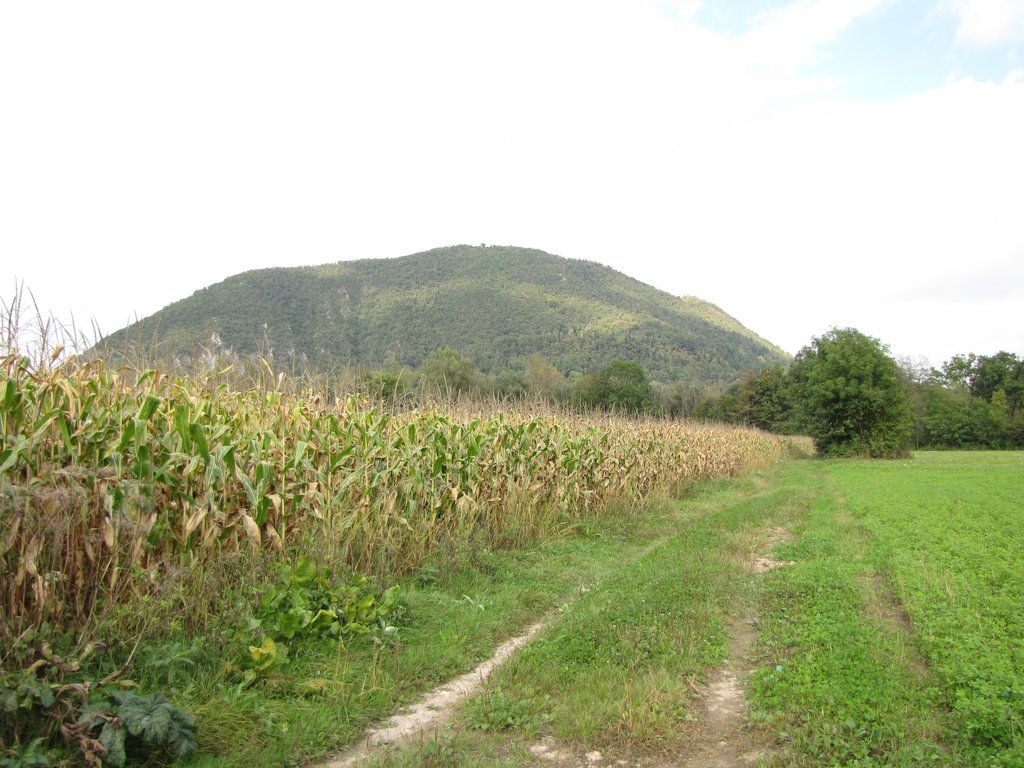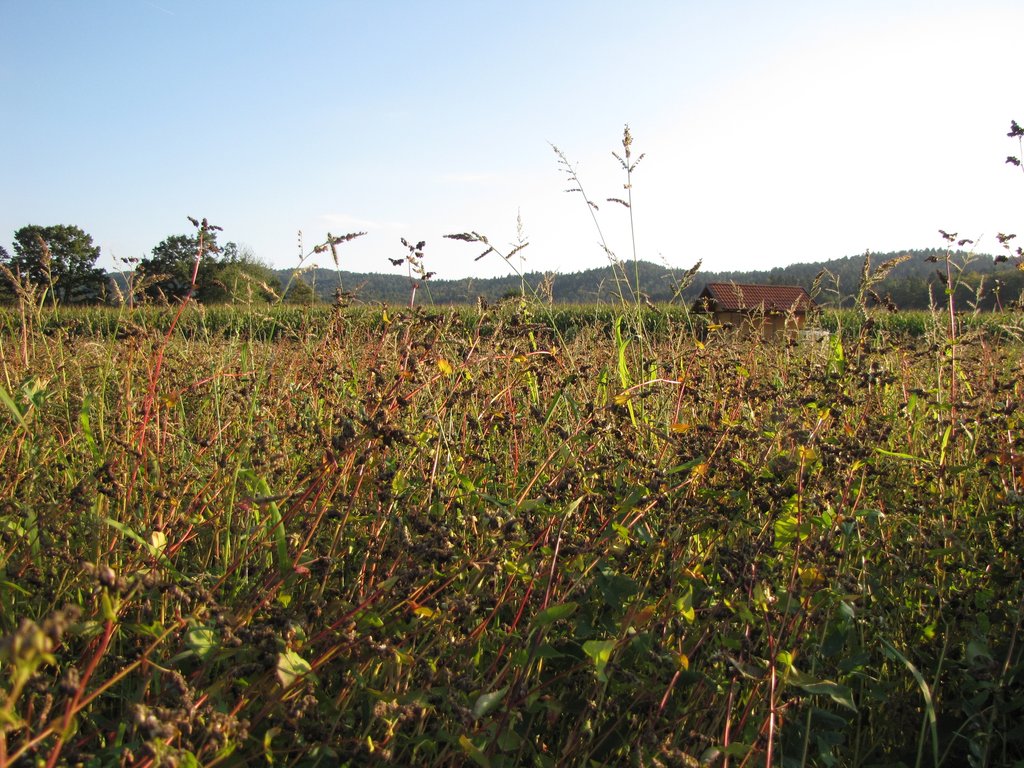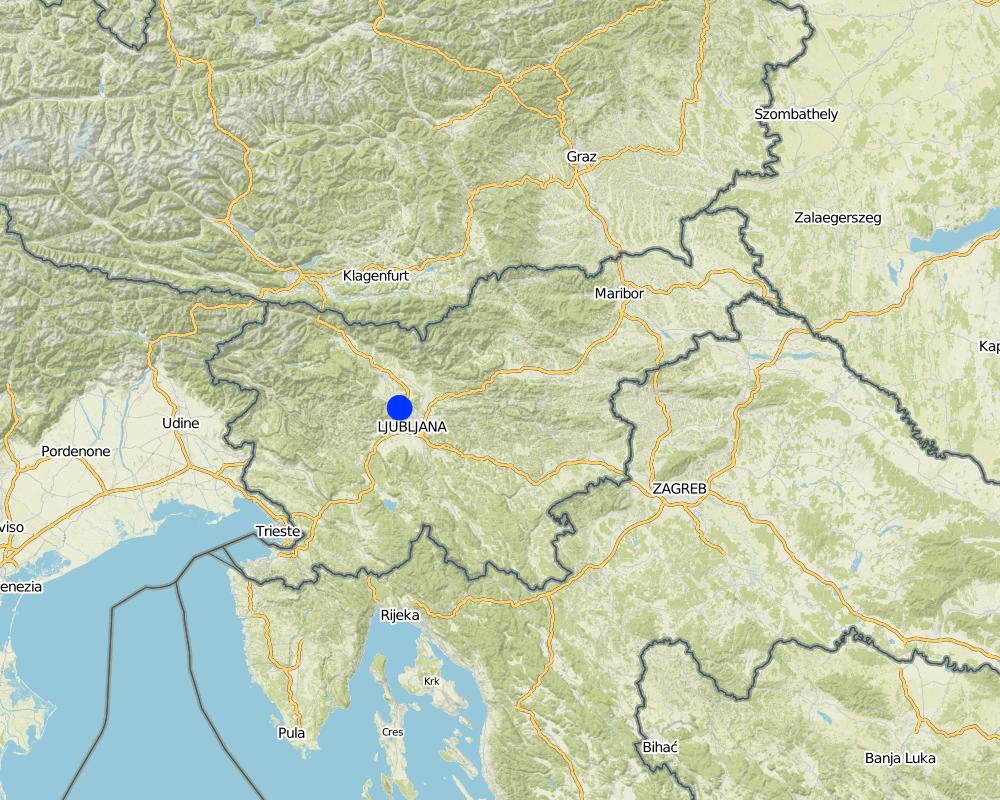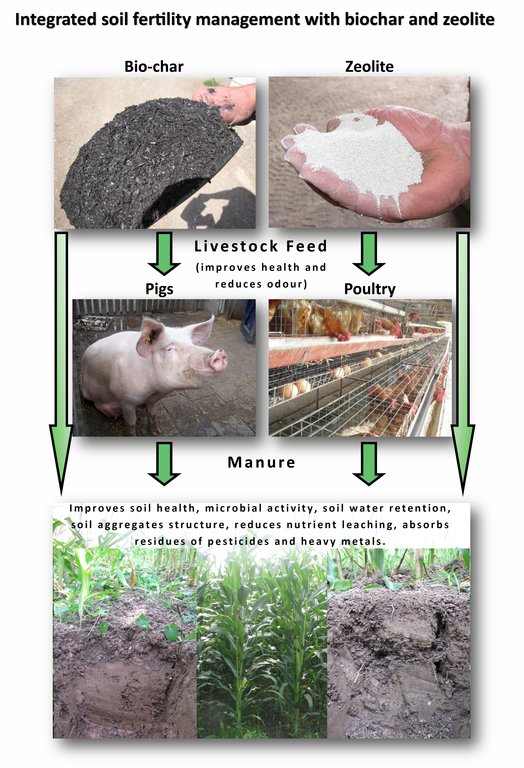Integrated soil fertility management with biochar and zeolite [斯洛文尼亚]
- 创建:
- 更新:
- 编制者: Matjaz Glavan
- 编辑者: –
- 审查者: Gudrun Schwilch, Ursula Gaemperli, Alexandra Gavilano
Integrirano gnojenje tal z bio ogljem in zeolitom
technologies_2785 - 斯洛文尼亚
查看章节
全部展开 全部收起1. 一般信息
1.2 参与该技术评估和文件编制的资源人员和机构的联系方式
有助于对技术进行记录/评估的项目名称(如相关)
Interactive Soil Quality assessment in Europe and China for Agricultural productivity and Environmental Resilience (EU-iSQAPER)有助于对技术进行记录/评估的机构名称(如相关)
Department for Agronomy, University of Ljubljana - 斯洛文尼亚1.3 关于使用通过WOCAT记录的数据的条件
编制者和关键资源人员接受有关使用通过WOCAT记录数据的条件。:
是
1.4 所述技术的可持续性声明
这里所描述的技术在土地退化方面是否存在问题,导致无法被认为是一种可持续的土地管理技术?:
否
2. SLM技术的说明
2.1 技术简介
技术定义:
Bio-char and zeolite are used in animal production and spread onto the fields as part of organic manure. Zeolite is also used as individual element in crop productions to improve soils. All residues are incorporated into the soil.
2.2 技术的详细说明
说明:
1. Zeolite and bio-char are applied in arable fields. The technology is applied in flatland of Ljubljana with an average altitude of 350 m.a.s.l. The average annual precipitation is 1400 mm. The climate in the area is characterized by often stormy precipitation events and occasional droughts. Silty loam soils in the area are moderately deep to deep with medium soil organic matter. Area has good availability of surface water and groundwater of good drinking quality. The biodiversity in the region is medium and farmers practise basically a commercial agriculture with less than 10 percent of off-farm income. In general farm households are average in wealth and mainly mechanized/motorized. The size of the examined farm applying the technology is of medium scale with land partly owned by the land user and partly leased from the state. All farm households in the region have good access to good services and infrastructure.
2. Bio-char and zeolite as feed additive to pigs and chickens as part of a healthy diet. Animal excreta are spread over fields as part of organic manure (chicken - solid form and pigs - liquid form). Zeolite is spread also as individual element. All plant residues after harvest are left on the ground and incorporated during spring or fall by ploughing.
3. The purpose of technology is
(1) the improvement of the animal production efficiency,
(2) the absorption of nutrients for slower release,
(3) the absorption of toxic chemicals – lock,
(4) to retain more water in the soils,
(5) to prevent nutrients to be out-gassed from soil,
(6) to guarantee the vigour of soils - healthy microbial and fungi activity,
(7) and less unpleasant odours.
4. It is easy to establish and maintain the technology (see point 2. above) and produce multiple positive effects. Cost for establishment and maintenance are the same as no additional or special technology is needed. Main costs are related to buying the bio-char and zeolite. Cost related to feeding process are minor as bio-char and zeolite are added in to regular fodder mixture. Cost (working hours, fuel) can be more moderate when zeolite or bio-char is applied to fields as individual element.
5. Benefits are:
(1) the lower Nitrogen loss,
(2) the locking of toxic chemicals,
(3) healthy animals and plants going with better yields,
(4) and vital and healthier soils.
6a. Land users like:
(1) the avoiding of bad odours,
(2) and the small amount of work for visible results.
6b. Land users dislike the costs of bio-char and zeolite, which can be overcome by good market research.
2.3 技术照片
2.5 已应用该技术的、本评估所涵盖的国家/地区/地点
国家:
斯洛文尼亚
有关地点的进一步说明:
Municipality of Ljubljana
具体说明该技术的分布:
- 均匀地分布在一个区域
如果不知道精确的区域,请注明大致覆盖的区域:
- < 0.1 平方千米(10 公顷)
Map
×2.6 实施日期
注明实施年份:
2015
如果不知道确切的年份,请说明大概的日期:
- 不到10年前(最近)
2.7 技术介绍
详细说明该技术是如何引入的:
- 通过土地使用者的创新
3. SLM技术的分类
3.1 该技术的主要目的
- 改良生产
- 结合其他技术保护流域/下游区域
- 保持/提高生物多样性
- 创造有益的经济影响
3.2 应用该技术的当前土地利用类型

农田
- 一年一作
年作 - 具体指明作物:
- 谷类 - 大麦
- 谷物类 - 玉米
- 谷类 - 其他
- 谷类 - 小麦(冬季)
- 豆科牧草和豆类 - 豌豆
- buckwheat
每年的生长季节数:
- 1
具体说明:
1 main crop (after cereals usually buckwheat)
注释:
Main crops (cash and food crops): corn (grain) / cereals (winter wheat, winter barley) / buckwheat / peas
3.4 供水
该技术所应用土地的供水:
- 雨养
3.5 该技术所属的SLM组
- 农畜综合管理
- 土壤肥力综合管理
3.6 包含该技术的可持续土地管理措施

农艺措施
- A2:有机质/土壤肥力
3.7 该技术强调的主要土地退化类型

化学性土壤退化
- Cn:肥力下降和有机质含量下降(非侵蚀所致)

物理性土壤退化
- Pk:熟化和结壳

生物性退化
- Bq:数量/生物量减少
- Bl:土壤寿命损失
3.8 防止、减少或恢复土地退化
具体数量名该技术与土地退化有关的目标:
- 减少土地退化
4. 技术规范、实施活动、投入和成本
4.1 该技术的技术图纸
技术规范(与技术图纸相关):
The infographic shows the possible application of bio-char and zeolite and it positive impact on the soil. Both can be used as part of the feeding mixture or directly applied on the soil.
作者:
Matjaž Glavan
日期:
02/08/2017
4.2 有关投入和成本计算的一般信息
具体说明成本和投入是如何计算的:
- 每个技术区域
注明尺寸和面积单位:
20 hectares
其它/国家货币(具体说明):
EUR
如相关,注明美元与当地货币的汇率(例如1美元=79.9巴西雷亚尔):1美元=:
0.89
注明雇用劳工的每日平均工资成本:
50 EUR
4.3 技术建立活动
注释:
No special establishment machinery is needed.
4.4 技术建立所需要的费用和投入
注释:
No special establishment cost.
4.5 维护/经常性活动
| 活动 | 时间/频率 | |
|---|---|---|
| 1. | mix bio-char and zeolite with fodder | all year around |
| 2. | spreading organic manure | spring to autumn |
| 3. | mulching residues | autumn |
| 4. | spreading zeolite | early spring |
| 5. | hire slurry tank | early spring |
4.6 维护/经常性活动所需要的费用和投入(每年)
| 对投入进行具体说明 | 单位 | 数量 | 单位成本 | 每项投入的总成本 | 土地使用者承担的成本% | |
|---|---|---|---|---|---|---|
| 劳动力 | Fodder preperation | person day | 10.0 | 50.0 | 500.0 | 100.0 |
| 劳动力 | Spreading zeolite resp. manure | person day | 1.0 | 50.0 | 50.0 | 100.0 |
| 设备 | hire slurry tank (6 m3) | ha | 20.0 | 15.0 | 300.0 | 100.0 |
| 肥料和杀菌剂 | Bio-char for fodder | kg | 2000.0 | 0.4 | 800.0 | 100.0 |
| 肥料和杀菌剂 | Zeolite for fodder | kg | 1500.0 | 0.138 | 207.0 | 100.0 |
| 肥料和杀菌剂 | Zeolite at fields | kg | 3000.0 | 0.138 | 414.0 | 100.0 |
| 技术维护所需总成本 | 2271.0 | |||||
| 技术维护总成本,美元 | 2551.69 | |||||
4.7 影响成本的最重要因素
描述影响成本的最决定性因素:
price of bio-char and zeolite
5. 自然和人文环境
5.1 气候
年降雨量
- < 250毫米
- 251-500毫米
- 501-750毫米
- 751-1,000毫米
- 1,001-1,500毫米
- 1,501-2,000毫米
- 2,001-3,000毫米
- 3,001-4,000毫米
- > 4,000毫米
指定年平均降雨量(若已知),单位为mm:
1352.00
有关降雨的规范/注释:
average (1991-2000)
majority of rain in autumn, followed by summer, spring and winter
注明所考虑的参考气象站名称:
Ljubljana Bežigrad
农业气候带
- 半湿润
strong summer thunder storms and showers - local precipitation occasional droughts
5.2 地形
平均坡度:
- 水平(0-2%)
- 缓降(3-5%)
- 平缓(6-10%)
- 滚坡(11-15%)
- 崎岖(16-30%)
- 陡峭(31-60%)
- 非常陡峭(>60%)
地形:
- 高原/平原
- 山脊
- 山坡
- 山地斜坡
- 麓坡
- 谷底
垂直分布带:
- 0-100 m a.s.l.
- 101-500 m a.s.l.
- 501-1,000 m a.s.l.
- 1,001-1,500 m a.s.l.
- 1,501-2,000 m a.s.l.
- 2,001-2,500 m a.s.l.
- 2,501-3,000 m a.s.l.
- 3,001-4,000 m a.s.l.
- > 4,000 m a.s.l.
说明该技术是否专门应用于:
- 不相关
5.3 土壤
平均土层深度:
- 非常浅(0-20厘米)
- 浅(21-50厘米)
- 中等深度(51-80厘米)
- 深(81-120厘米)
- 非常深(> 120厘米)
土壤质地(表土):
- 中粒(壤土、粉土)
土壤质地(地表以下> 20厘米):
- 中粒(壤土、粉土)
表土有机质:
- 中(1-3%)
5.4 水资源可用性和质量
地下水位表:
5-50米
地表水的可用性:
好
水质(未处理):
良好饮用水
水的盐度有问题吗?:
否
该区域正在发生洪水吗?:
否
5.5 生物多样性
物种多样性:
- 中等
栖息地多样性:
- 中等
5.6 应用该技术的土地使用者的特征
定栖或游牧:
- 定栖的
生产系统的市场定位:
- 商业/市场
非农收入:
- 低于全部收入的10%
相对财富水平:
- 平均水平
个人或集体:
- 个人/家庭
机械化水平:
- 机械化/电动
性别:
- 男人
土地使用者的年龄:
- 中年人
5.7 应用该技术的土地使用者使用的平均土地面积
- < 0.5 公顷
- 0.5-1 公顷
- 1-2 公顷
- 2-5公顷
- 5-15公顷
- 15-50公顷
- 50-100公顷
- 100-500公顷
- 500-1,000公顷
- 1,000-10,000公顷
- > 10,000公顷
这被认为是小规模、中规模还是大规模的(参照当地实际情况)?:
- 中等规模的
5.8 土地所有权、土地使用权和水使用权
土地所有权:
- 州
- 个人,有命名
土地使用权:
- 租赁
- 个人
用水权:
- 个人
5.9 进入服务和基础设施的通道
健康:
- 贫瘠
- 适度的
- 好
教育:
- 贫瘠
- 适度的
- 好
技术援助:
- 贫瘠
- 适度的
- 好
就业(例如非农):
- 贫瘠
- 适度的
- 好
市场:
- 贫瘠
- 适度的
- 好
能源:
- 贫瘠
- 适度的
- 好
道路和交通:
- 贫瘠
- 适度的
- 好
饮用水和卫生设施:
- 贫瘠
- 适度的
- 好
金融服务:
- 贫瘠
- 适度的
- 好
- 贫瘠
- 适度的
- 好
6. 影响和结论性说明
6.1 该技术的现场影响
社会经济效应
生产
作物生产
作物质量
畜牧生产
生产故障风险
注释/具体说明:
Better soil moisture at periods of drought.
水资源可用性和质量
饮用水的质量
收入和成本
农业投入费用
农业收入
注释/具体说明:
Small increase observed. However the technology was started two years ago and it is possible that increase could become bigger in the future.
其它社会经济效应
Bad odours on manure can be avoided due to the addition of bio-char and zeolite to the fodder.
注释/具体说明:
This was the main purposes of the technology. Along with that they discover other benefits.
社会文化影响
bad odours on manure can be avoided though the addition of zeloite and
生态影响
土壤
土壤水分
注释/具体说明:
Farmer observed that soil moisture condition of the light sandy soils where zeolite was applied is better.
养分循环/补给
减少气候和灾害风险
干旱影响
注释/具体说明:
Better soil moisture at times of drought.
6.2 该技术的场外影响已经显现
地下水/河流污染
6.3 技术对渐变气候以及与气候相关的极端情况/灾害的暴露和敏感性(土地使用者认为的极端情况/灾害)
渐变气候
渐变气候
| 季节 | 增加或减少 | 该技术是如何应对的? | |
|---|---|---|---|
| 季节性温度 | 秋季 | 增加 | 非常好 |
气候有关的极端情况(灾害)
气象灾害
| 该技术是如何应对的? | |
|---|---|
| 局地暴雨 | 未知 |
| 局地雷暴 | 未知 |
| 局地雹灾 | 未知 |
气候灾害
| 该技术是如何应对的? | |
|---|---|
| 热浪 | 未知 |
| 寒潮 | 未知 |
| 极端冬季条件 | 未知 |
| 干旱 | 好 |
6.4 成本效益分析
技术收益与技术建立成本相比如何(从土地使用者的角度看)?
短期回报:
稍微积极
长期回报:
稍微积极
技术收益与技术维护成本/经常性成本相比如何(从土地使用者的角度看)?
短期回报:
稍微积极
长期回报:
稍微积极
6.5 技术采用
- 单例/实验
在所有采用这项技术的人当中,有多少人是自发的,即未获得任何物质奖励/付款?:
- 91-100%
6.6 适应
最近是否对该技术进行了修改以适应不断变化的条件?:
否
6.7 该技术的优点/长处/机会
| 土地使用者眼中的长处/优势/机会 |
|---|
| Low costs, simple technology. Animal health. |
| Less unpleasant odours. Better crop growth. By fertilizing with slurry almost no clogging of pipes with slurry injection equipment for slurry tanker during incorporating it into the soil . |
| Better soil moisture means higher yield at drought. |
| 编制者或其他关键资源人员认为的长处/优势/机会 |
|---|
| Strength low labour requirements. Easy to handle and maintain the technology. |
| Low cost of materials. Positive impacts on soil moisture and fertilizers loss. |
| All materials (bio-char and zeolite) are natural and therefore possible to be applied in organic production as well. |
6.8 技术的弱点/缺点/风险及其克服方法
| 土地使用者认为的弱点/缺点/风险 | 如何克服它们? |
|---|---|
| Almost none. Maybe price and availability of materials. | Better research of bio-char and zeolite market. |
| 编制者或其他关键资源人员认为的弱点/缺点/风险 | 如何克服它们? |
|---|---|
| No significant weakness/disadvantages/risks to be mentioned |
7. 参考和链接
7.1 信息的方法/来源
- 实地考察、实地调查
1
- 与土地使用者的访谈
1
(现场)数据是什么时候汇编的?:
29/05/2017
链接和模块
全部展开 全部收起链接
无链接
模块
无模块


